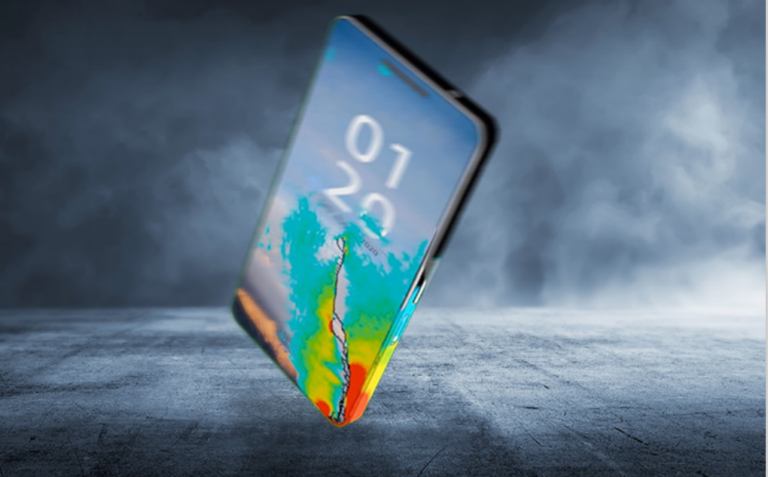Mobile phones play a significant part in our daily lives, and accidental damage can cause major disruption. There are numerous ways that our devices can potentially be damaged: dropping them, getting them wet, exposing them to extreme heat, etc. Screen cracking is highly common among smartphone users, as well as liquid damage. Manufacturers are therefore working on ways to make smartphones stronger and more water-resistant, while at the same time maintaining the lightweight, thin and compact characteristics that consumers demand.
In addition to wanting smartphones that are durable, lightweight and attractive, consumers are also increasingly becoming more conscious of sustainability. Rather than buying phone after phone, consumers want devices that are built to last, recyclable, and can be repaired at home. Some markets are introducing “right to repair” regulations that rate repairability and minimum lifespan of products.
Due to these increasingly rigid demands, and the sheer number of smartphones being purchased, manufacturers may struggle to meet their KPI’s with physical testing. Virtual testing, however, is another matter. Simulation allows testing to be carried out without a physical prototype using a virtual twin, enabling engineers to evaluate design ideas faster and earlier in the design process.
Simulation can perform hundreds or even thousands of virtual tests automatically by using Design of Experiments (DOE). These DOE’s can analyze virtual devices with different parameters such as glass thickness, corner radius and frame thickness, as well as material properties.
SIMULIA has developed a number of workflows which illustrate virtual testing using a virtual twin of a representative cell phone. These workflows include:
- Assembly stress, which evaluates stresses on the device caused by manufacturing and assembly processes.
- Drop test, which tests different design parameters to find a design that is slim and lightweight while still capable of withstanding everyday drops.
- Three-point bending, which simulates the damaging bending that can occur when a device is placed in a pocket or stepped on.
- Water resistance, which measures how much water pressure a device can withstand before its seals leak.
Assembly stresses can cause early failures and weaken a device if they are not accounted for in subsequent simulation workflows. In a simulation, the inputs are the 3D geometries of the device’s various parts, as well as the stresses from component manufacturing and the loads of the bolts, clamps and adhesives that hold the components together. The outputs include the deformation contour, Von Mises stress contour and plastic strain contour. If the stresses exceed the prescribed limits, the problem can easily and quickly be assessed and remedied.
Devices are frequently dropped by their users, hence they need to be able to withstand these accidents without significant damage. Drop testing aims to find a design that is robust enough to survive everyday drops while still satisfying design KPI’s. A drop test simulation can vary design parameters such as material composition, thickness of screen glass, thickness of back cover, thickness of frame, corner radius and width of screen protector lining using a DOE methodology. Results include the deformation contour, Von Mises stress contour and plastic strain contour, plus 3D visualizations of deformation and cracking.
In addition to being dropped, smartphones can be accidentally stepped on or, more frequently, placed in a user’s pocket when sitting down. Bending the phone in this manner may affect internal electronics as well as permanently deform the device. The potential for a device to bend can be tested by putting the product under force between three metal bars, or it can be tested virtually, resulting in the reaction force at the roller reference point. Simulation can assess the maximum bending force the device can withstand before permanent deformation or internal damage.
Water resistance is the measure of how much water pressure a device can withstand before its seals leak. Not only can smartphones be dropped into water, but other devices such as smart watches and fitness trackers are routinely worn while swimming. The devices’ seals and clamps can be modeled in simulation software and subjected to a given pressure. The output is the deformation of the seal and whether it has slipped or buckled. If failure of the seal is detected, it can be redesigned to improve its performance and satisfy requirements.
Stay tuned for more information on how SIMULIA can help design more robust mobile devices.
Download this whitepaper on Structural Simulation for Consumer Devices to learn more about virtual testing including assembly stress, bending, drop test and water resistance.
SIMULIA offers an advanced simulation product portfolio, including Abaqus, Isight, fe-safe, Tosca, Simpoe-Mold, SIMPACK, CST Studio Suite, XFlow, PowerFLOW and more. The SIMULIA Community is the place to find the latest resources for SIMULIA software and to collaborate with other users. The key that unlocks the door of innovative thinking and knowledge building, the SIMULIA Community provides you with the tools you need to expand your knowledge, whenever and wherever.
